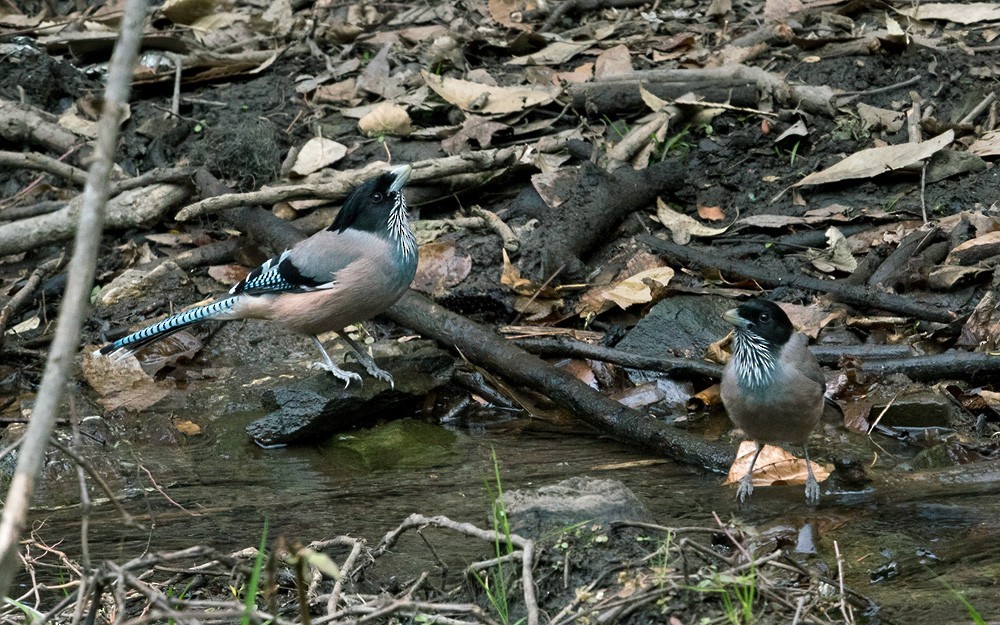Black-headed Jay
A species of Old World Jays Scientific name : Garrulus lanceolatus Genus : Old World Jays
Black-headed Jay, A species of Old World Jays
Botanical name: Garrulus lanceolatus
Genus: Old World Jays
Content
Description General Info
 Photo By Lars Petersson
Photo By Lars Petersson Description
The black-headed jay or lanceolated jay (Garrulus lanceolatus) is roughly the same size as its close relative the Eurasian jay, but a little more slender overall except for the bill which is slightly shorter and thicker. The top of the head is black and it has a more obvious crest too and a longer tail. It ranges from eastern Afghanistan eastwards, across the Himalayas, from India to Nepal and Bhutan. It occurs in wooded country with large areas of open ground rather than dense forest. It also occurs in some cultivated areas and even near villages as long as there are enough trees and scrubland nearby. It feeds both on the ground and in trees, and takes virtually the same wide range of plant and animal foods as its close relative, including eggs and nestlings, as well as scraps near human habitation. It nests in trees and suitable bushes and in this resembles the Eurasian jay in every respect. There are usually 3–5 eggs incubated over 16 days. Both parents feed the young. The voice is very similar to its close relative too and is most often a loud screech but with longer pauses between. 
Size
33 cm
Nest Placement
Tree
Habitat
Black-headed Jay typically resides in forests, favoring open mixed pine-oak and cedar-oak woodlands. Unlike its closely related Eurasian Jay, black-headed Jay adapts to a broader range of wooded environments, including shrubby hill slopes, degraded woods, forest clearings, and areas surrounding human settlements. This bird's adaptability allows it to thrive in more open and varied habitats while maintaining a preference for wooded landscapes.
Dite type
Omnivorous
General Info
Feeding Habits
Bird food type

 Photo By Lars Petersson
Photo By Lars Petersson Scientific Classification
Phylum
Chordates Class
Birds Order
Perching birds Family
Crows and jays Genus
Old World Jays Species
Black-headed Jay